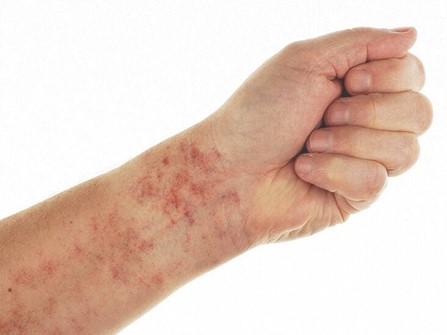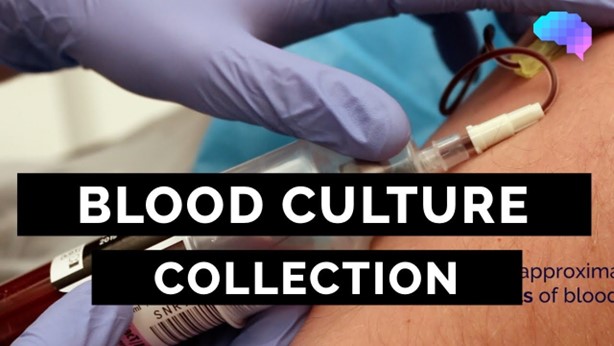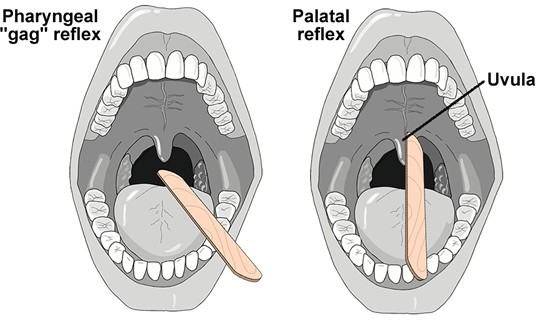A nurse is monitoring an older adult client who has an exacerbation of chronic lymphocytic leukemia.
The nurse notes petechiae on the client's skin.
Which of the following actions should the nurse take?
Implement airborne precautions.
Determine the client's blood type.
Institute bleeding precautions.
Avoid administering IV pain medication.
The Correct Answer is C
The nurse should institute bleeding precautions for the client.

Petechiae are small red or purple spots on the skin caused by broken capillaries, which can be a sign of low platelet count (thrombocytopenia) and an increased risk of bleeding.
Bleeding precautions include measures such as using a soft-bristled toothbrush, avoiding injections, and avoiding activities that could result in injury.
Choice A is incorrect because airborne precautions are used to prevent the spread of infectious diseases that are transmitted through the air, and are not necessary in this situation.
Choice B is incorrect because determining the client’s blood type is not necessary in this situation.
Choice D is incorrect because avoiding IV pain medication is not necessary in this situation; however, the nurse should monitor the client for signs of bleeding and bruising.
Nursing Test Bank
Naxlex Comprehensive Predictor Exams
Related Questions
Correct Answer is B
Explanation

The priority action for a nurse caring for an older adult client who is suspected of having septicemia is to obtain a blood specimen for culture and sensitivity testing.
This test will help identify the specific microorganism causing the infection and determine the most effective antibiotic treatment.
Choice A is incorrect because while a WBC count with differential can provide information about the presence of an infection, it does not identify the specific microorganism causing the infection.
Choice C is incorrect because while obtaining a history to determine recent injuries can provide useful information, it is not the priority action.
Choice D is incorrect because while administering a broad-spectrum antibiotic may be necessary, it should not be done before obtaining a blood specimen for culture and sensitivity testing.
Correct Answer is B
Explanation
The nurse’s priority should be to assess the client’s gag reflex.

After an endoscopy with moderate (conscious) sedation, it is important to ensure that the client’s gag reflex has returned before allowing them to eat or drink.
Choice A is incorrect because while pain management is important, it is not the nurse’s priority in this situation.
Choice C is incorrect because the warmth of extremities is not the nurse’s priority in this situation.
Choice D is incorrect because temperature is not the nurse’s priority in this situation.
Whether you are a student looking to ace your exams or a practicing nurse seeking to enhance your expertise , our nursing education contents will empower you with the confidence and competence to make a difference in the lives of patients and become a respected leader in the healthcare field.
Visit Naxlex, invest in your future and unlock endless possibilities with our unparalleled nursing education contents today
Report Wrong Answer on the Current Question
Do you disagree with the answer? If yes, what is your expected answer? Explain.
Kindly be descriptive with the issue you are facing.
